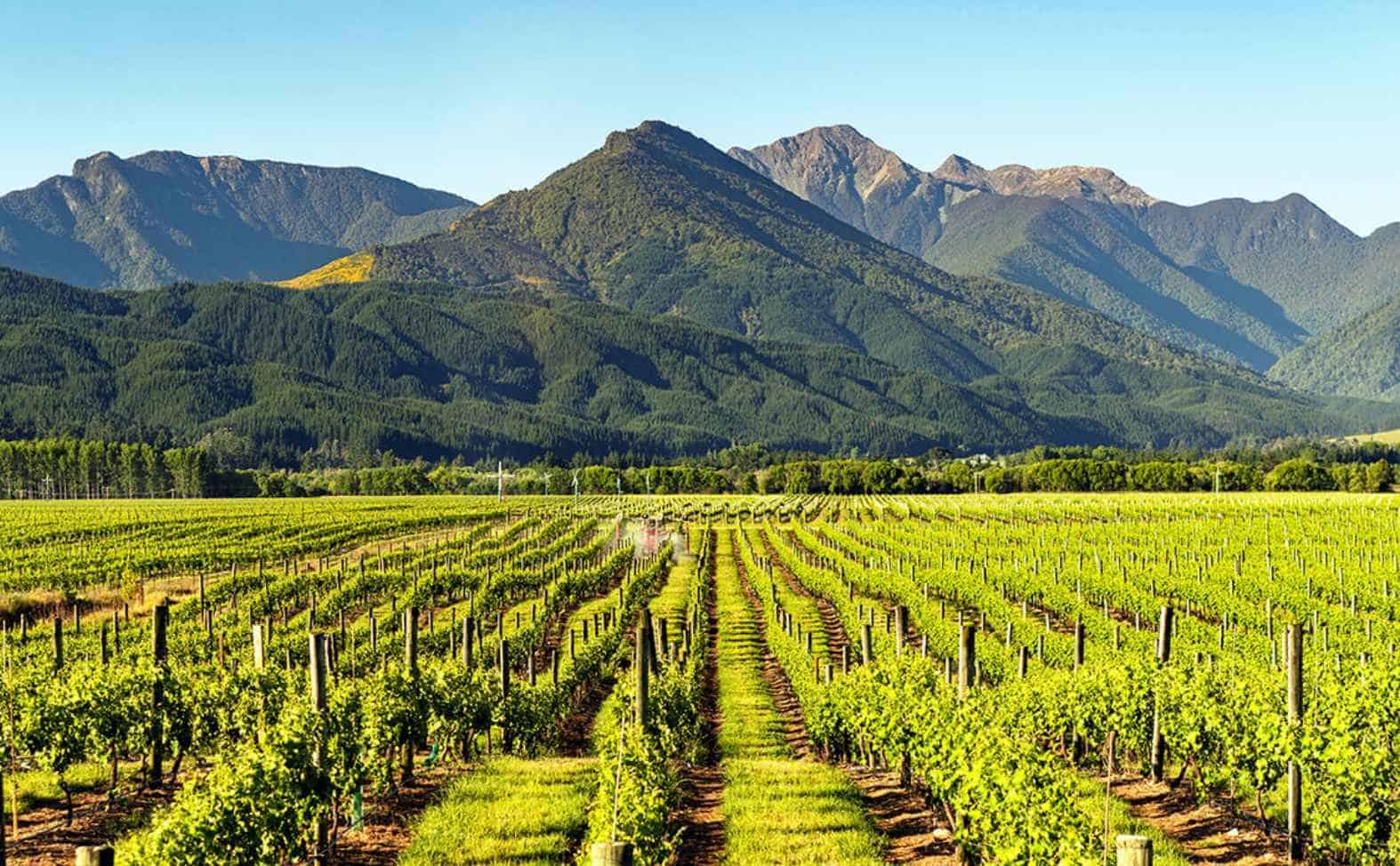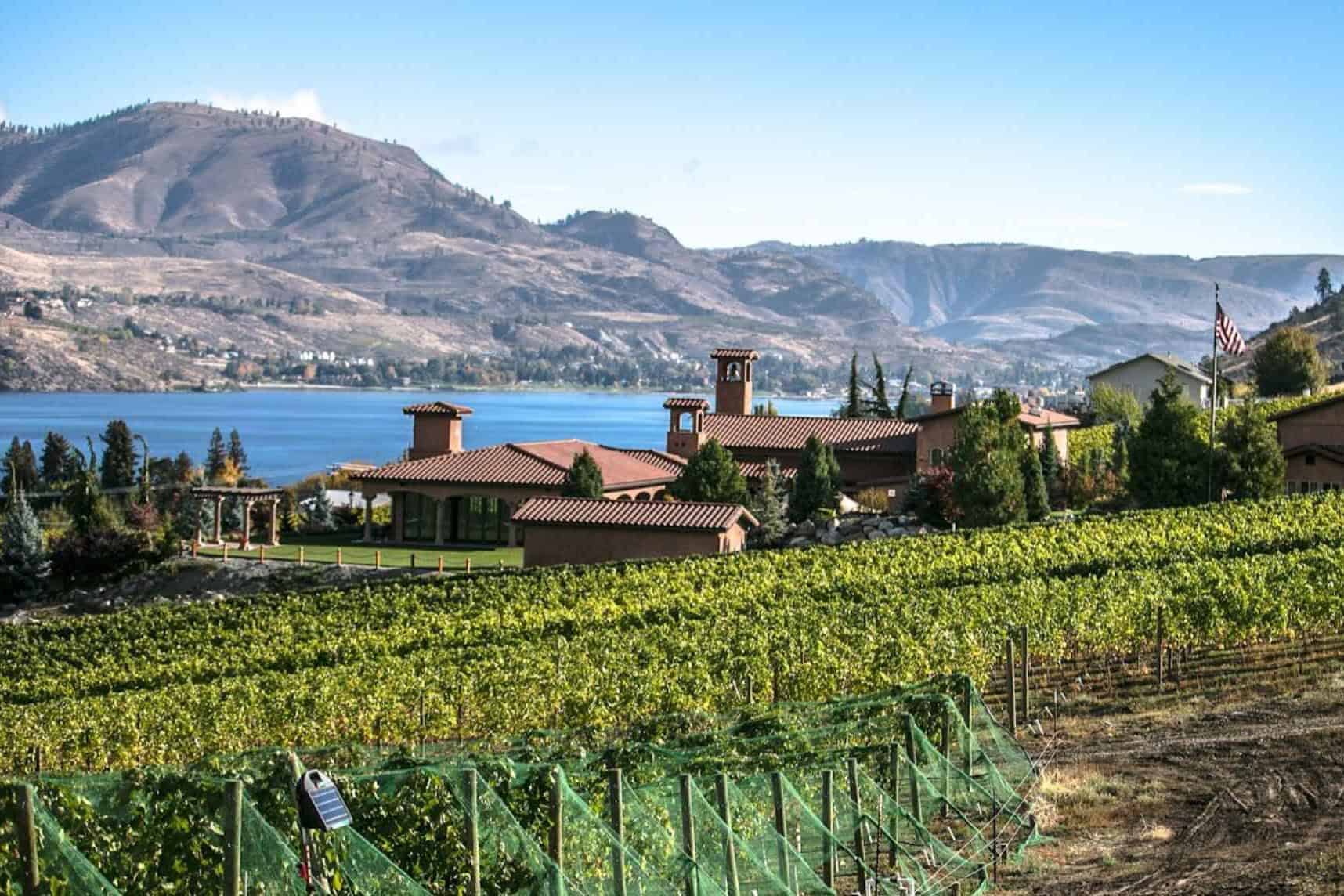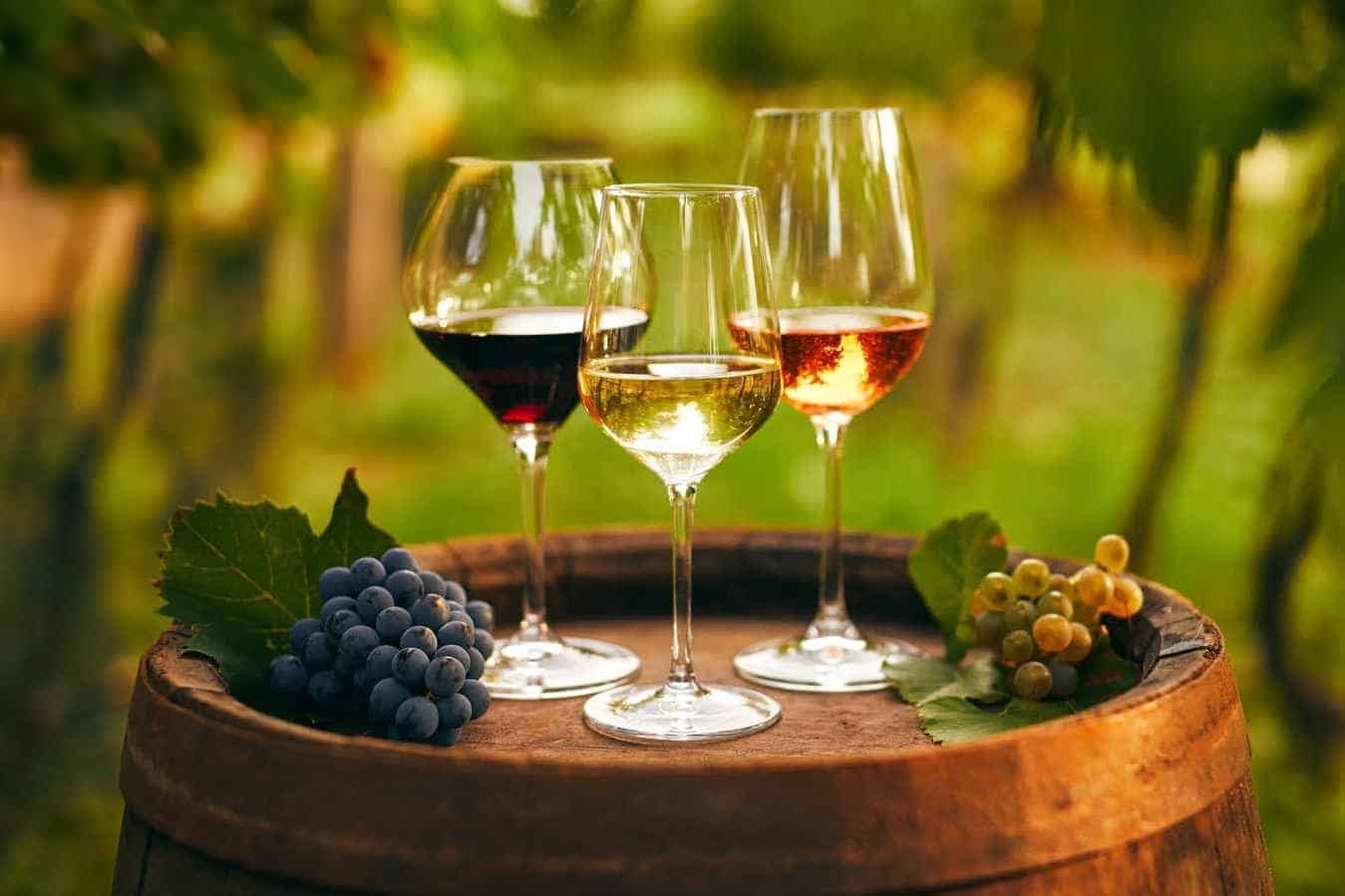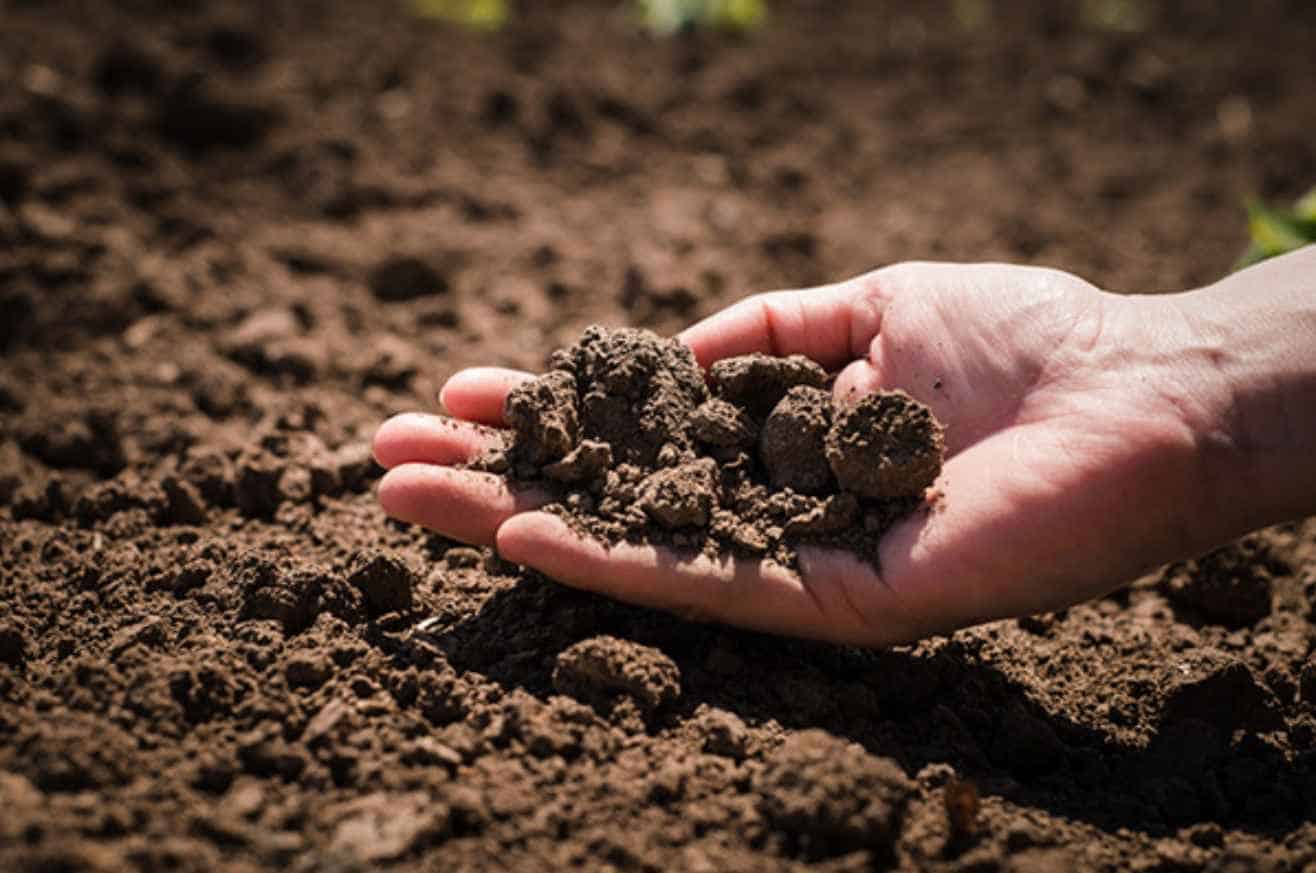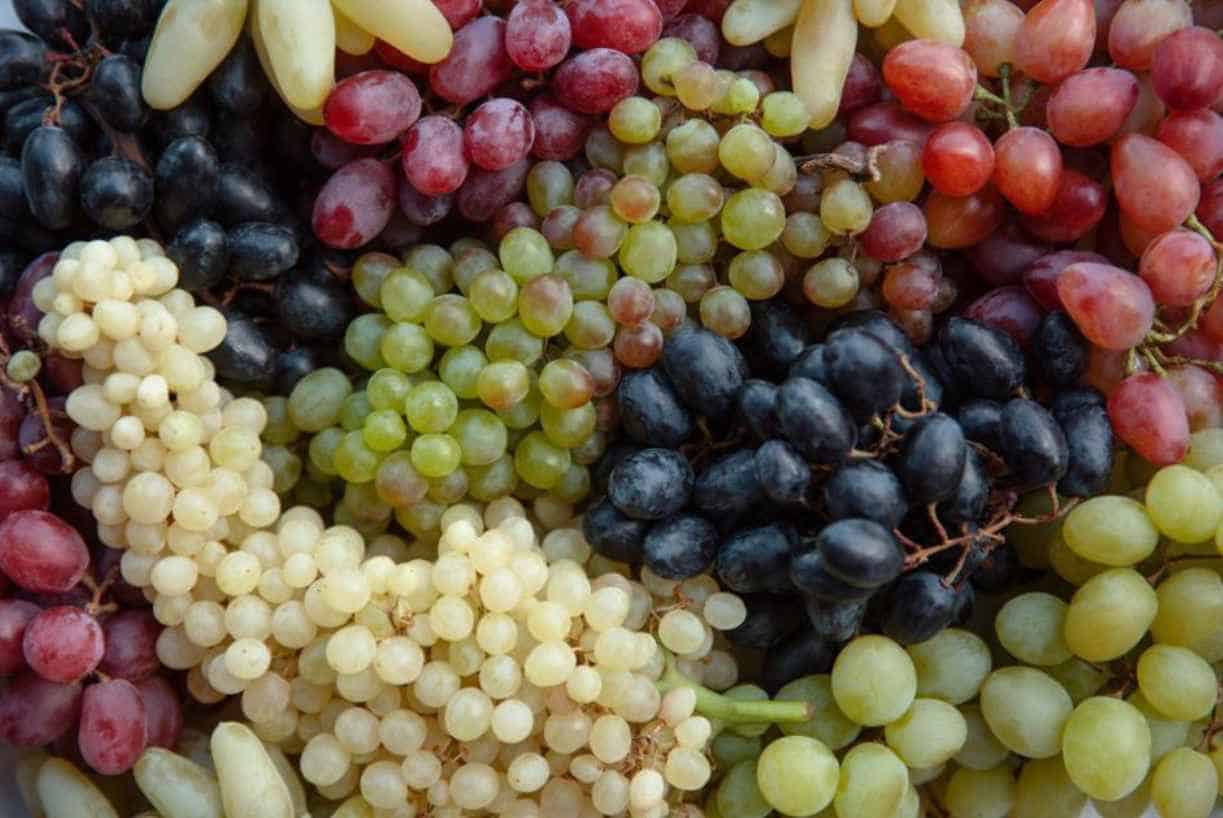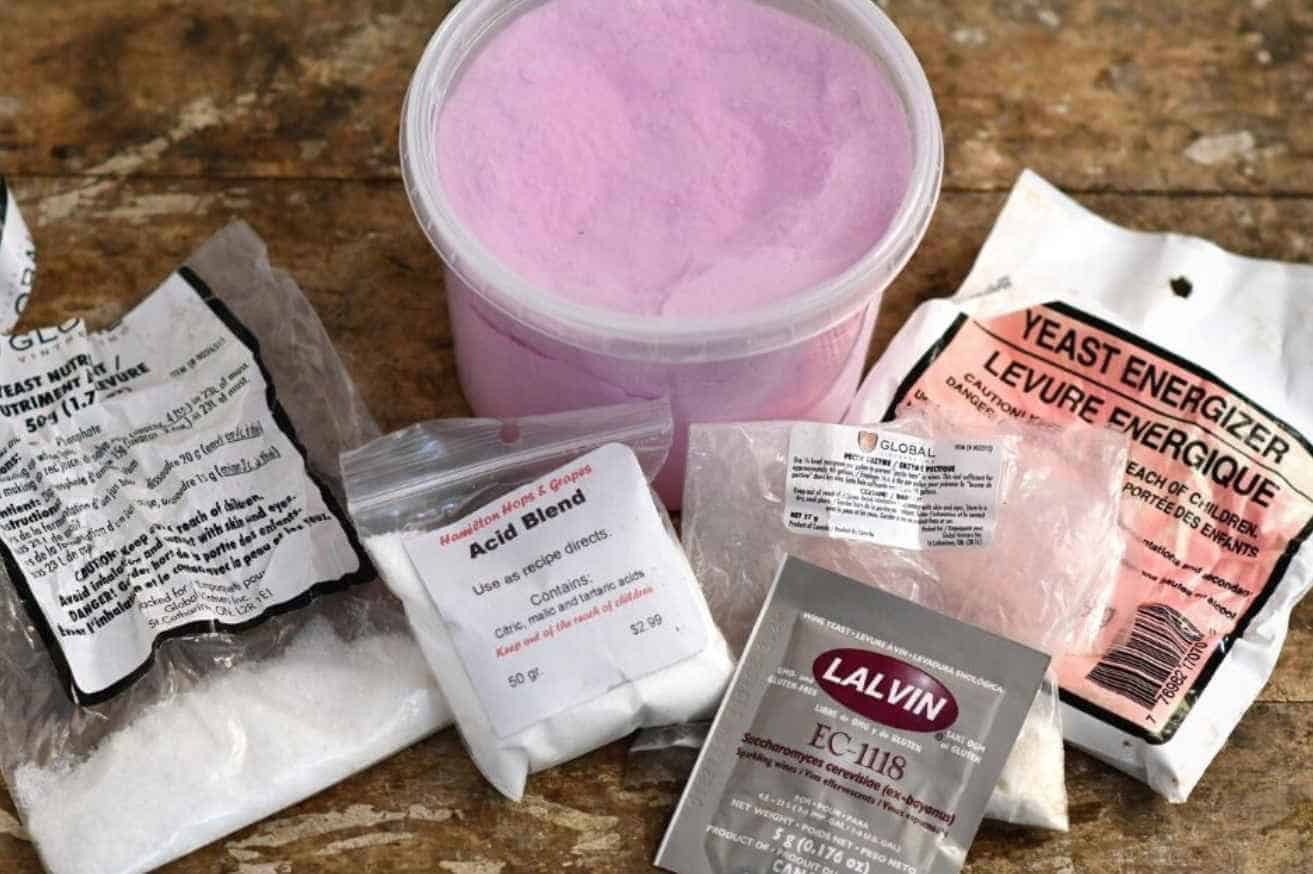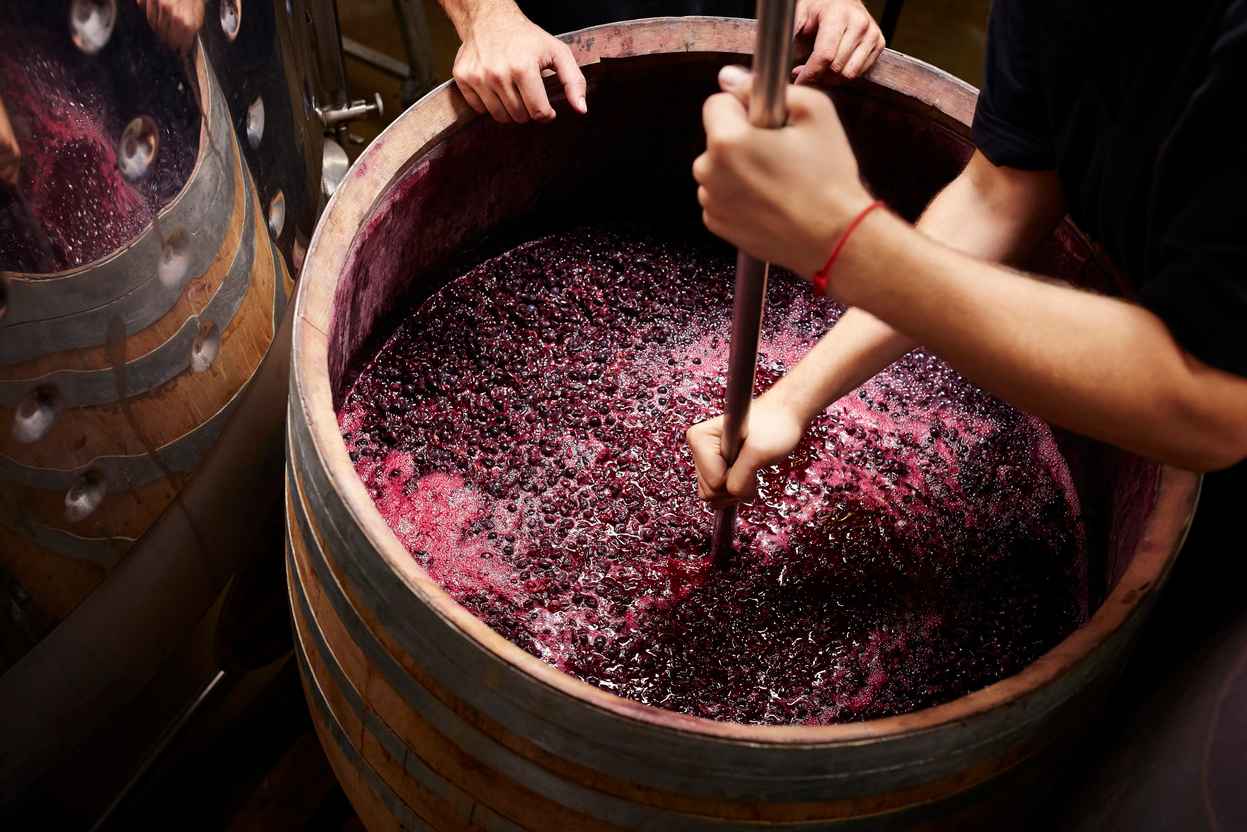Are you a wine beginner who asks yourself what is terroir and how does it affect wine? If yes, this is your opportunity to learn and understand this critical factor in producing an excellent wine! We will also explore how essential terroir is and the possible impacts of climate change on it.
Introduction to Terroir
Although terroir is often used by wine experts in their descriptions of wine, this word still needs to be understood. In fact, wine beginners might not even be aware of terroir, which is unfortunate since it is one of the crucial factors that makes a wine unique!
So, whether you are new to the wine world or an expert that wants more knowledge, keep reading, and we will unfold the definition and Etymology of Terroir and its history.
Definition & Etymology
Terroir is described as the collection of factors in a region that affect the quality of wine grapes. These effects may vary from positive to negative, depending on the region’s characteristics and the grape variety. Since not all types require the same terroir to be of excellent quality.
Experts refer to terroir as the sense of a place. This is a great way to say that terroir is the cumulative factors like climate, sunlight, soil, etc., in the region that makes the wine grape unique, hence the wine. Wine Academy stated that there are no similar wine regions because each has unique terroirs.
Regarding Etymology, Terroir came from the Medieval Latin (AD 600–1500) word Terratorium means land. Then from the French term Terre which translates as Earth.
History
Terroir has a long history, from when and where it started. Well, one known terroir origin happened in Burgundy in the French region.
A massive-scale observation about the effect of land on the grapes was conducted by Benedictines and Cistercians. This observation has greatly impacted the establishment of terroirs as they documented the results and is now being used to determine the region’s boundaries.
Also, French winemakers studied terroir and found variations in wine produced in different regions and vineyards. Although, an ancient concept already exists about how wines differ even from the same grape variety and area.
The Terroir Effect on Wines
The Terroir Effect on wines refers to the interaction of grape vines with their physical environment. Obviously, these contacts cause the wine to be different and unique.
That’s why even though the exact wine is made from the same grape, it can still produce wines with different taste profiles and characteristics, just like the Cabernet wines from Napa Valley and Bordeaux.
The Terroir Effect is an evident phenomenon that beginners in the wine world should understand. Since this can make choosing and purchasing wines much more efficient. To better understand how terroir affects wine, let us know its four elements. Also, you can watch this short clip:
4 Essential Elements of Terroir
There are four natural attributes of wine regions that make them distinct!
Climate
A grape farmer considers the region’s climate when choosing a perfect area to grow a grape variety. The National Geographic Society defined climate as the long-term weather system in certain areas. A region’s climate is declared when the recurring weather is tracked and experienced for about 30 years.
Warm and cool climates are often associated with wine regions; these have various effects on wine grapes’ taste profile and overall growth.
Earth Magazine says warm weather produces a bolder wine with elevated alcohol levels, low acids, rich fruity flavors, and full bodies. Meanwhile, colder regions create wines with crisp acidity, light bodies, lower alcohol content, and bright fruit taste.
Terrain
The terrain consists of the elevation, landforms, and bodies of water in and around an area. A perfect example of a great landscape is Salta in Argentina. Salta is one of the highest wine regions at 3984 ft. above sea level. This characteristic aids in preserving the acidity of grapes and producing aromatic wines.
Soil Composition
As we all know, soil is a significant component in producing high-quality crops. Soil composition significantly impacts grapes’ growth in terms of water absorption, heat retention, and fertility.
Different types of soils with various particles, like rock and gravel, can be seen in other regions. Clay soils are good for cultivating bolder and more structured wines. In contrast, vineyards with sandy soils might produce elegant dry wines.
Biodiversity
The bacteria, fungi, and other microbes that come in contact with the seeds and vines affect the quality of the grapes. This is referred to as microbial terroir in wines. Moreover, plants and animals in the area are also factors in the terroir.
Is there a human-controlled Terroir?
There is a human-controlled Terroir, which needs to be emphasized or acknowledged. So, here are the three human-controlled Terroirs you must know to further deepen your knowledge!
Variety of grapes
One terroir does not apply to all grape varieties. Pick the most suitable type for your land because each has different characteristics and needs.
For example, a Cabernet Sauvignon is best planted in moderately fertile soils with total sun exposure, good drainage, and water. It can also thrive in warm to cool regions, but the structural profile will vary. In cool places, the produce will be high in acid with firm tannins; in warmer zones, the acidity is lower.
Added ingredients in winemaking
The ingredients the winemakers add also affect the wine. Additives could alter the initial characteristics of the grape. Some of these are:
- Yeast
- Sulfur
- Clarifying agents
- Stabilizers
- Sugar
- fruit flavors
- Tannin powder
- Acidifiers and De-acidifiers (used to control the acid contents of wine)
Traditions and methods
Each wine region applies its own traditions and methods to ensure the best quality of wine. One superb example of this is the traditional Qvevri winemaking method from Georgia. This method uses a Qvevri– an earthenware vessel for wine fermentation, where it is buried in the ground.
The size of Qvevri can also affect the temperature and quality of the wine. Small vessels can create light and aromatic wine, while big ones are for more structured wines. The shape can help in natural circulation too.
How Important is Terroir in Wine?
Terroir is crucial in growing wine grapes because it is the reason each wine has different tastes and attributes despite coming from the same vintage, variety, producer, or region. Terroir adds character to the wine, making it one-of-a-kind and irreplaceable.
3 Best Examples of Terroir
Montrachet Region
The Montrachet region can be found in the subregion of Burgundy, known as one of the greatest wine regions in the world. Like Burgundy wines, Montrachet wines are among the finest white wines sold at high prices.
The vineyard of Le Montrachet produces the best wine grapes in the area. This is because the soil at the top (Chevalier-Montrachet) consists of pure limestones, which makes a linear wine. Meanwhile, the bottom part of the hill (Batard-Montrachet) creates fat, rich, and dense wines due to the rich soil and clay. Le Montrachet combines these terroirs and produces an elegant yet focused white wine.
To better understand the Montrachet region, watch this informative video:
Champagne Region
Are you wondering what makes your favorite sparkling wine– Champagne, so special? Well, it is grown in a unique region with exceptional terroir that cannot be replicated by other wine regions. Champagne region is found in the Northern part of France, a perfect place to produce low-acid grapes due to its cool temperature.
But, more than anything else, it has a distinct chalky soil, which helps as a natural storage of water and other nutrition for the grapevines. In this sense, the Champagne region can have a long dry season and still have enough water to sustain the vines. A tunnel dug by Romans is also used to store Champagne wines, giving suitable aging conditions.
The viticulture in the Champagne region is also distinct as hand harvesting is enforced by Comité Interprofessionnel du vin de Champagne (CIVC). Hand harvesting allows winemakers to make white wines out of black grapes by preventing contact of the juice with the skin.
Bordeaux Region
Bordeaux’s location near the Garonne and Dordogne Rivers creates an ideal climate for producing top-notch red and white wines. The oceanic breeze from these water systems helps in regulating temperature during the summer and winter seasons.
Bordeaux also promotes biodynamic and organic viticulture. Technological advancements like drones and machines are also utilized in some vineyards in this region.
Challenges in terroir that affect the wine
Everything changes in this world. Hence everyone should be able to adapt to these changes. However, that might not be true for wine regions and their terroir. Sudden changes in the weather, viticulture, and other elements of terroir could cause significant challenges in producing excellent quality grapes, hence wines.
Climate change, which is a global issue, might badly affect wine regions. The sudden weather alterations could ruin grapevines that are used to specific temperatures. Even though the impacts of climate change are still being observed, vineyards shall be able to prepare for its long-term effects.
Final words
You can’t plant grapes in your backyard and produce the same quality as the famous wine regions. The terroir of these regions makes them cultivate one-of-a-kind wine grapes. We hope you learn what terroir is and how it affects wine. Follow us for our next wine discovery blog!
